Reportar esta entrada
Más sobre la misma comunidad-colección
Departamento de policía de El Paso - 1908
Entire police department in front of police headquarters. Seated ...
Detective Callie Fairley - 1929 - 1952 - El Paso, Tejas
Callie Fairley was hired by the city police department as a ...
Oficiales Bobby Grayson y Milton Lege - 1955
Both men were the first of six Black officers to join the ...
Detectives de policía de El Paso - 1954
In front of Police Headquarters 219 S. Campbell Street Front ...
Rotulo - Museo de Historia en El Paso - 2016
Banner located at 510 North Santa Fe Street - Downtown, El Paso, ...
Ceremonia de apertura - DIGIE - 2015
Lisa Heinemann and her husband attending the opening ceremony ...
Ceremonia de apertura - DIGIE - 2015
Celebrating the opening for the digital wall - first of its kind ...
Ceremonia de apertura - DIGIE - 2015
Victoria Sinclair at the opening for the digital wall - one of a ...
Celebración de apertura - DIGIE - 2015
Attending the event was the delegation from Copenhagen, Denmark, ...
Ceremonia de apertura - DIGIE - 2015
Guests poise for picture at the opening ceremony for the digital ...
Tranvía de El Paso - 2016 - El Paso, Tejas
Crews from Paso del Norte Trackworks have been working to lay ...
1ª Brigada Stryker equipo de combate, 1ra División blindada - 2016
Photograph - Soldiers sitting in front of the Camino Real Hotel ...
The Garden - Buen restaurante - 2016
Patrons enjoy fine dining and music at the Garden - location - ...







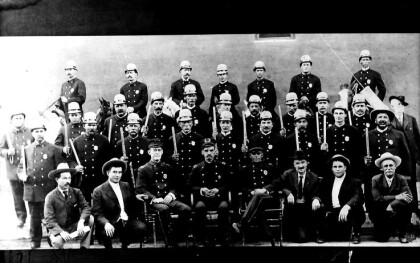
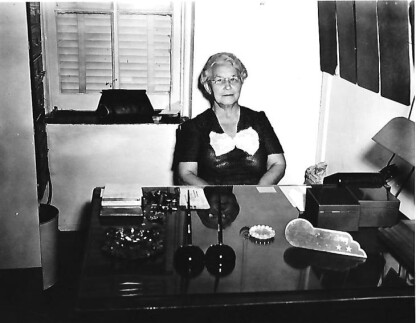
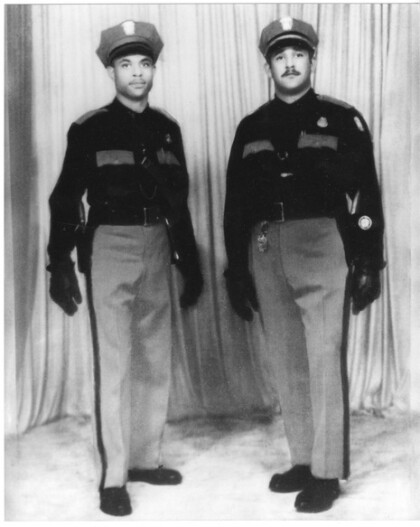
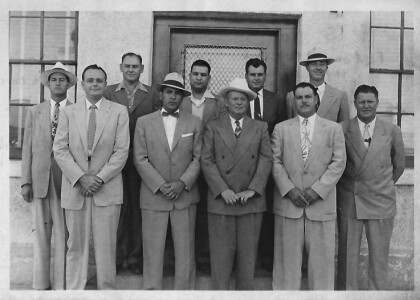

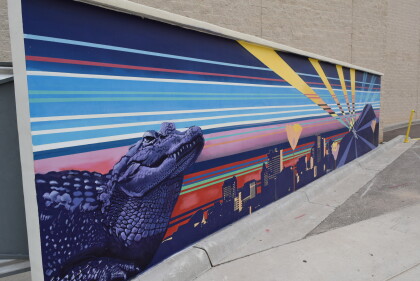
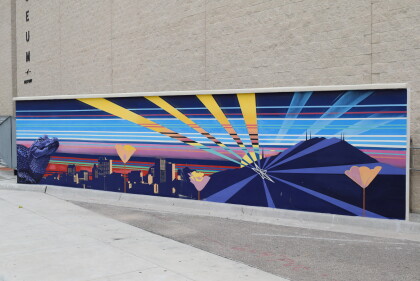
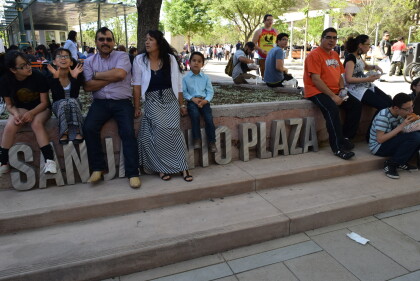
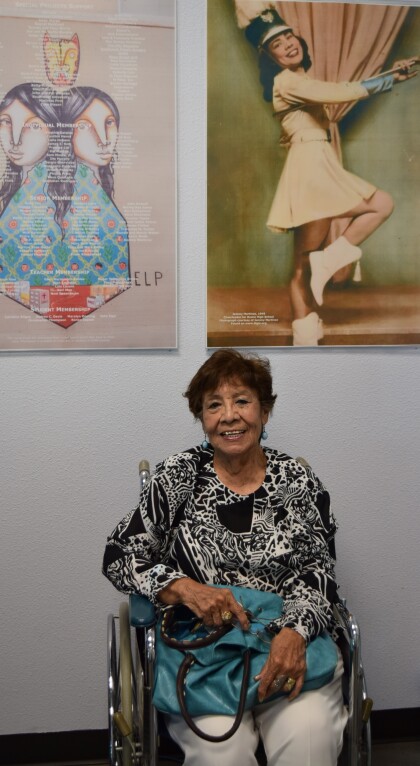
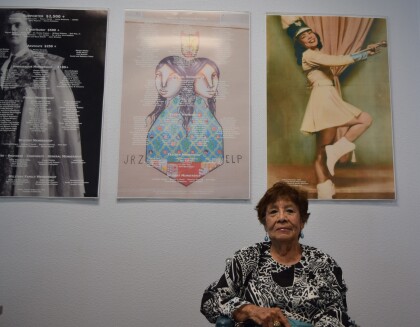
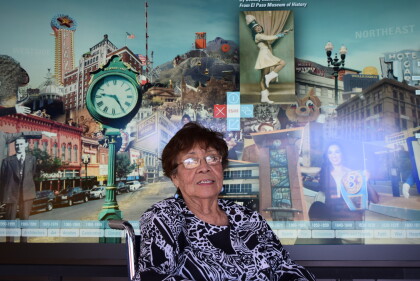
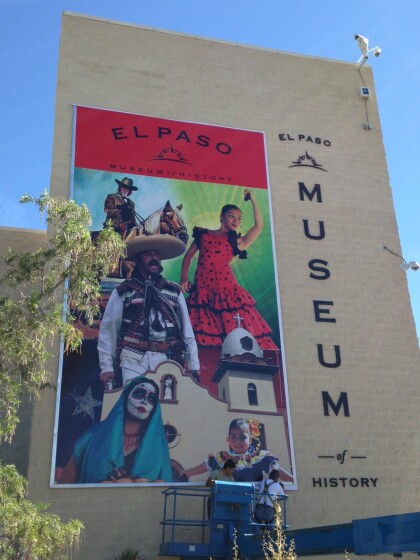

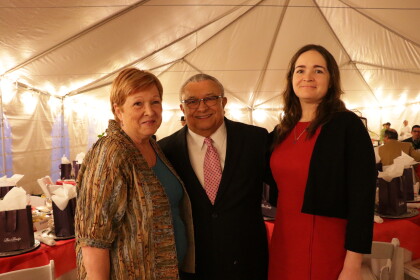


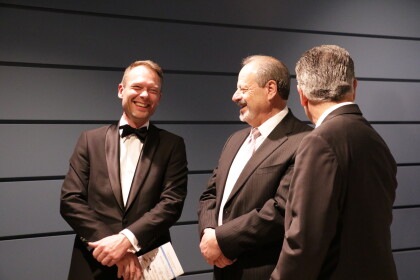

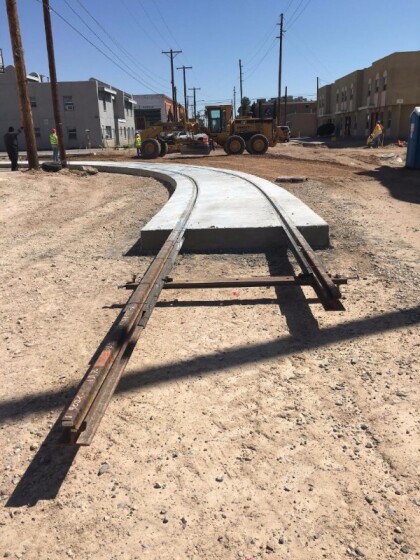
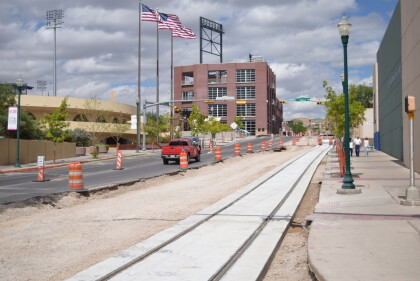
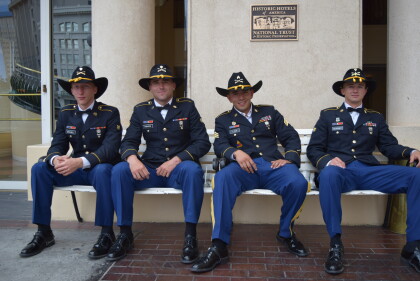


Comentarios
Hacer un comentario